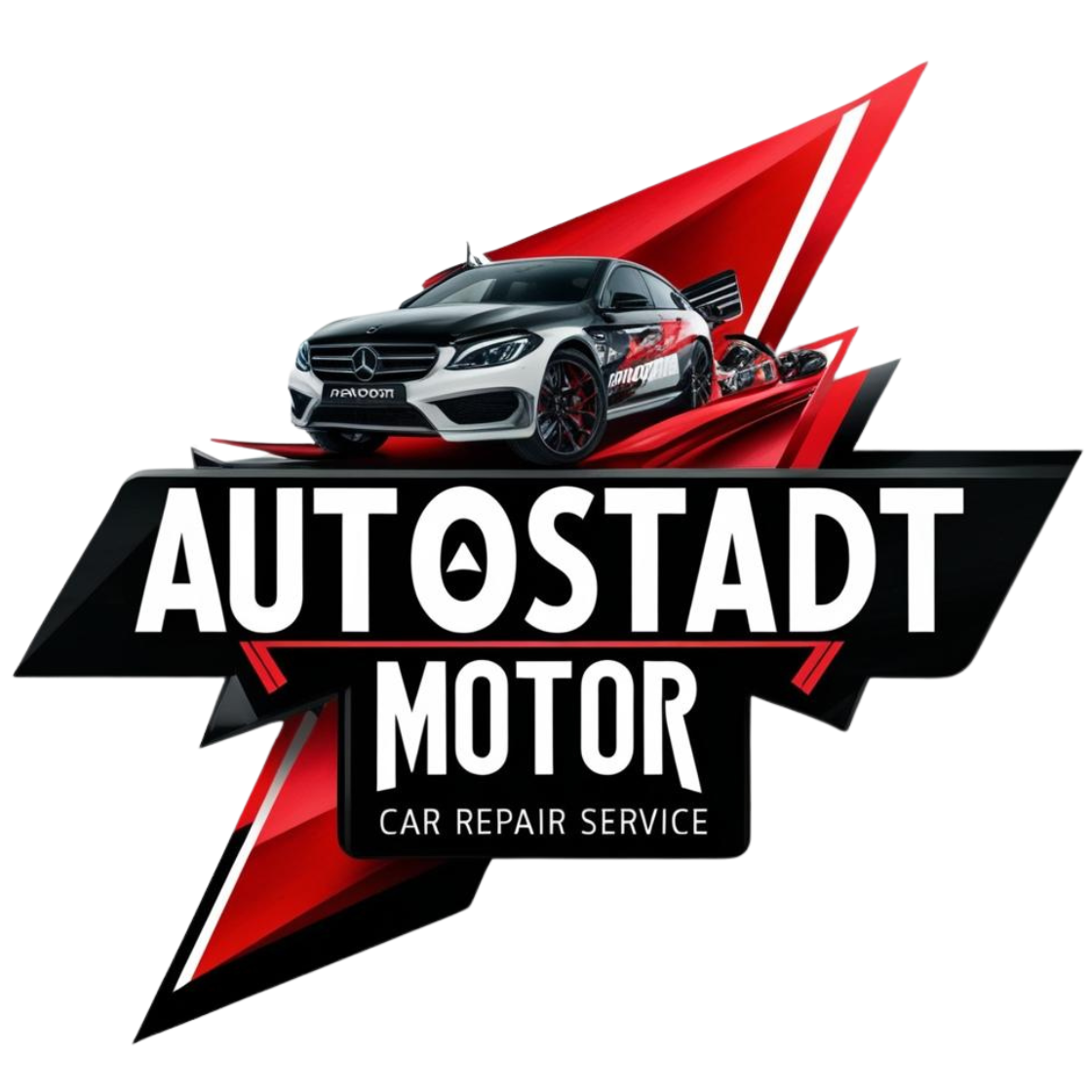 Introduction to Car body damage repair :
Introduction to Car body damage repair :
In the bustling realm of automobiles, encountering car body damage is an inevitable reality. Whether it’s a minor scratch from a tight parking spot or a more severe dent from an unfortunate collision, the need for car body damage repair can arise unexpectedly. However, fear not, as the automotive industry offers an array of solutions to restore your vehicle’s pristine glory. In this article, we delve into the world of car body damage repair, exploring various techniques and methodologies to address damages of varying degrees.
Understanding Car Body Damage:
Car body damage encompasses a spectrum of issues, ranging from superficial scratches to structural deformities. Scratches, dents, dings, and creases are among the common forms of damage encountered by vehicle owners. While minor scratches may only affect the surface paint, deeper dents can compromise the structural integrity of the vehicle, warranting immediate attention.
- Types of Damage:
- Identifying various types of car body damage such as dents, scratches, rust, and collision damage.
- Understanding the severity and the appropriate repair techniques for each type.
- Repair Techniques:
- Overview of common repair methods including paintless dent repair (PDR), panel replacement, and touch-up painting.
- Importance of choosing the right technique based on the damage type to ensure a seamless repair.
- Tools and Materials:
- Essential tools and materials needed for car body repair such as dent pullers, body fillers, sandpaper, and paint.
- Safety equipment and best practices for handling these tools and materials.
- Cost and Time Estimates:
- Factors influencing the cost of car body repairs, including labor, parts, and the extent of damage.
- Typical timeframes for different types of repairs and the importance of getting multiple quotes from repair shops.
- DIY vs. Professional Repairs:
- Pros and cons of attempting car body repairs yourself versus hiring a professional.
- Situations where professional expertise is necessary to ensure safety and quality of the repair.
Assessment and Diagnosis:
The first step in car body damage repair is a thorough assessment of the damage. Professionals examine the extent of the damage, identifying areas requiring attention. Utilizing specialized tools and techniques, they diagnose underlying issues, such as frame misalignment or panel deformation. This meticulous evaluation lays the foundation for an effective repair strategy.
Repair Techniques:
- Paintless Dent Repair (PDR): Ideal for minor dents and dings, PDR is a non-invasive technique that preserves the vehicle’s original paint finish. Skilled technicians manipulate the damaged area from behind, gradually restoring it to its original shape. PDR is cost-effective and efficient, making it a popular choice for minor repairs.
- Traditional Body Repair: For more extensive damage, traditional body repair techniques come into play. This method involves sanding, filling, and repainting affected areas to conceal imperfections. Skilled technicians meticulously blend new paint with the existing finish, ensuring a seamless transition. Traditional body repair is versatile, capable of addressing a wide range of damages.
- Panel Replacement: In cases of irreparable damage, panel replacement may be necessary. This involves removing the damaged panel and installing a new one in its place. While more labor-intensive, panel replacement ensures structural integrity and aesthetic appeal. Advanced welding and bonding techniques facilitate seamless integration, restoring the vehicle to its original state.
- Structural Repair: Collisions or impacts can result in structural damage to the vehicle frame. Structural repair involves realigning and reinforcing the frame to restore its strength and stability. Utilizing precision equipment, technicians meticulously straighten bent components, ensuring optimal vehicle performance and safety.
Quality Assurance:
Car body damage repair is not merely about restoring aesthetics; it’s also about ensuring safety and longevity. Reputable repair facilities adhere to stringent quality standards, utilizing OEM (Original Equipment Manufacturer) parts and industry-approved techniques. Additionally, comprehensive quality checks are conducted to verify the integrity of repairs, providing peace of mind to vehicle owners.
Car body damage repair is a multifaceted process that demands expertise and precision. From minor scratches to severe dents, there exists a myriad of techniques to restore your vehicle’s pristine appearance and structural integrity.
By entrusting your vehicle to skilled professionals and reputable repair facilities, you can embark on a journey towards rejuvenation and revitalization. Remember, whether it’s a scratch, dent, or ding, car body damage repair is the key to preserving the beauty and functionality of your beloved automobile.
Looking for the best car service shop near Dubai? Check out https://autostadtmotorservices.ae/They offer top-notch services, including:
Here are some more information for your convenience:
Visit their blog AutoStadt Motor Services! for the latest updates and service tips!

